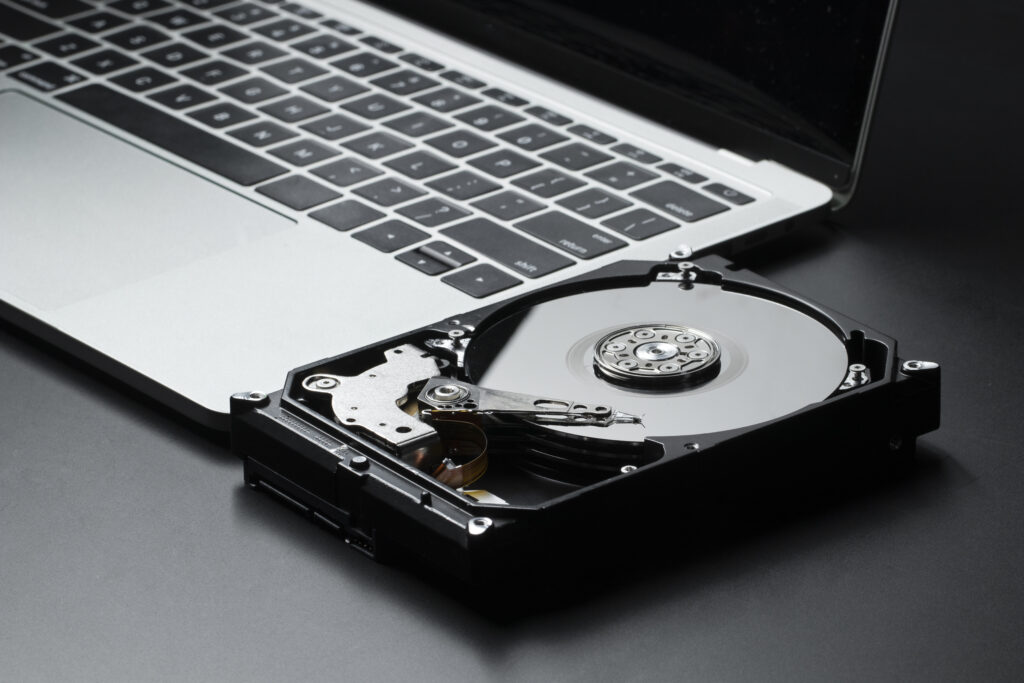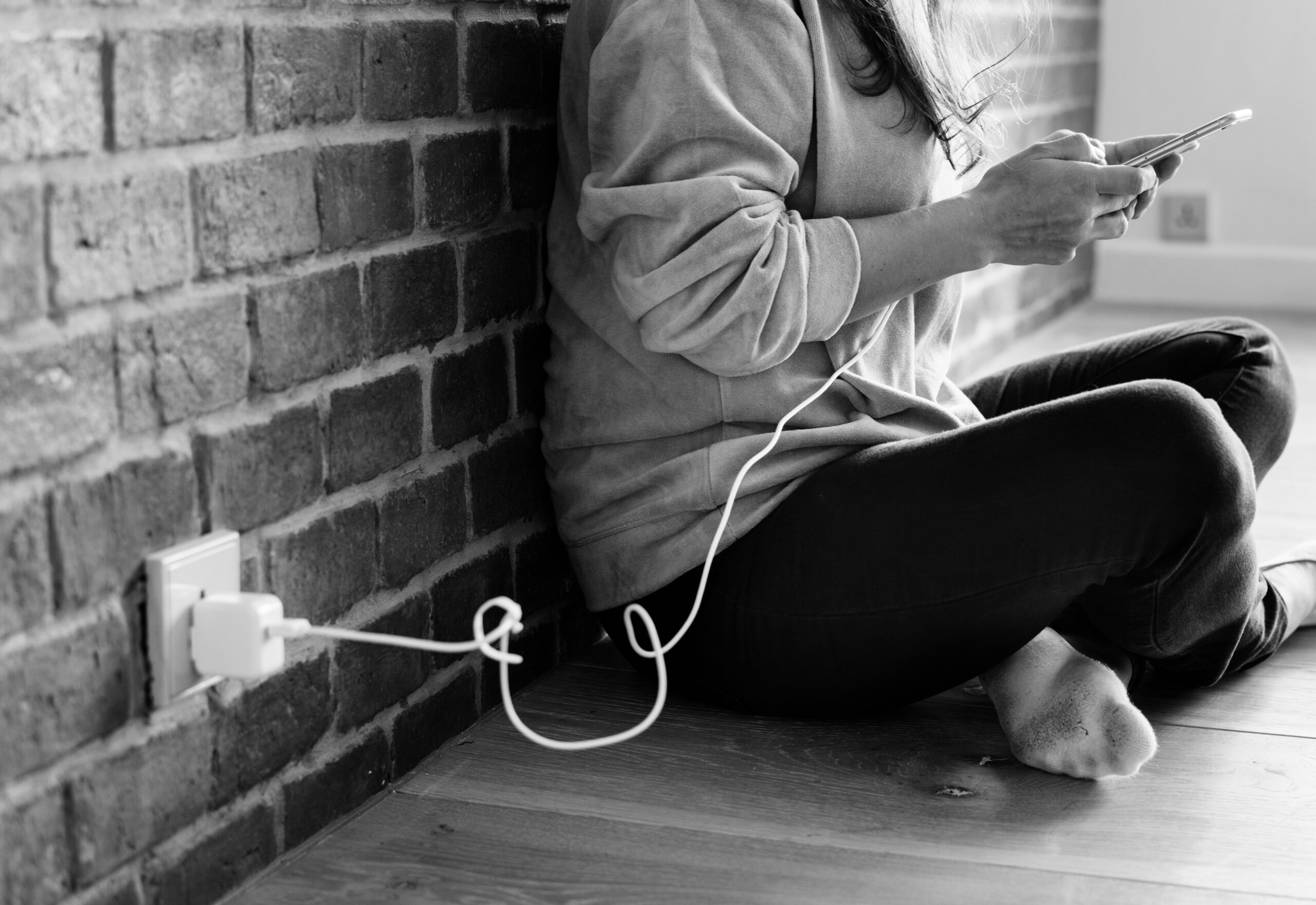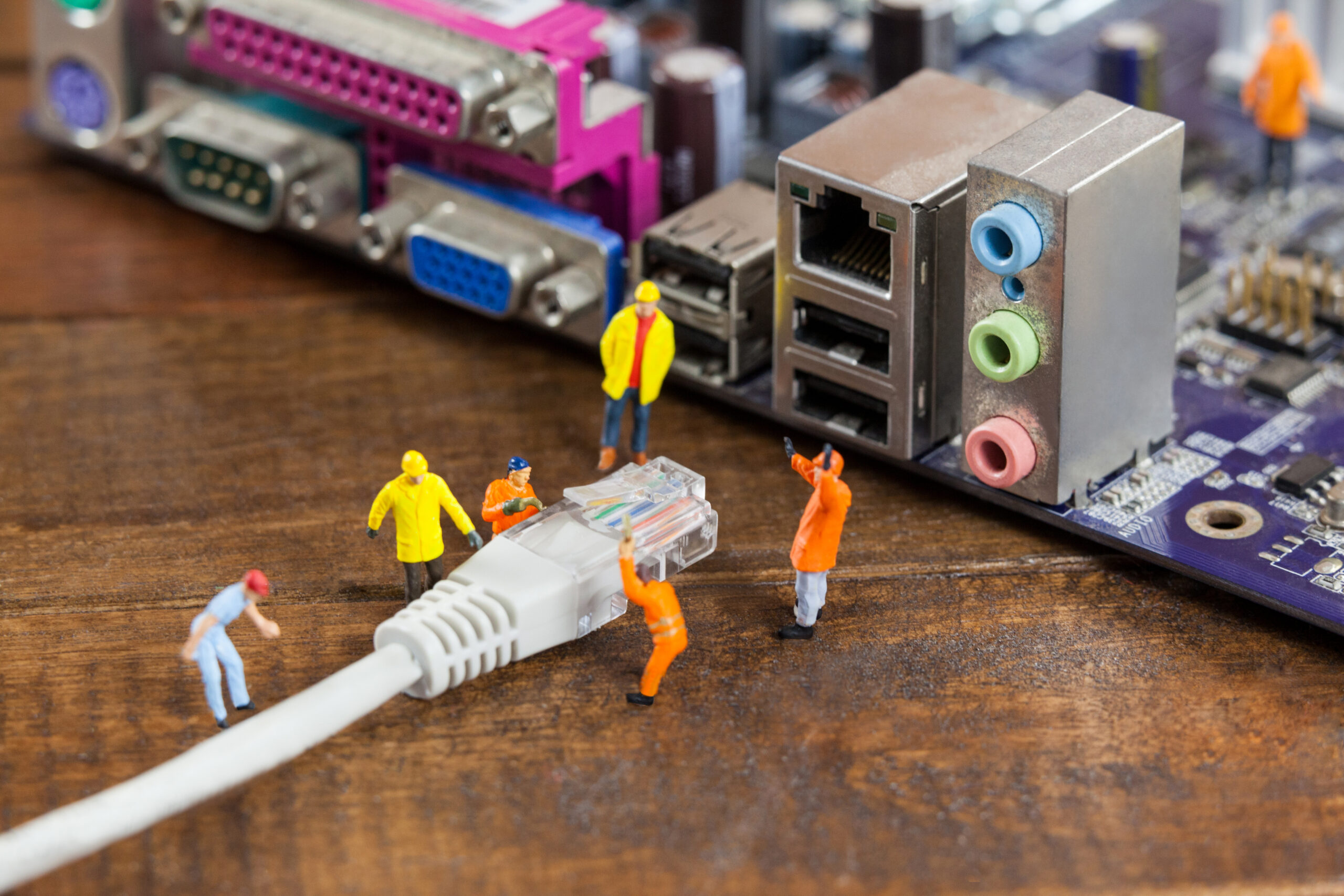In today’s digital age, our lives are becoming increasingly dependent on technology. From our smartphones to our laptops, we rely on these devices to store and access important data. But what would happen if you lost all of your data? It’s a nightmare scenario that can easily become a reality if you don’t back up your data regularly. In this blog post, we’ll discuss the importance of backing up your data and the different methods you can use to do so.
Preventing Data Loss
There are many ways in which data loss can occur. It could be a result of hardware failure, accidental deletion, malware, or even theft. Whatever the cause, losing all of your data can be devastating. It can mean losing all of your precious memories, important documents, and other valuable information.
This is where backing up your data comes in. By backing up your data, you can prevent data loss from occurring. If something does happen to your device, you can simply restore your data from the backup and continue on as normal.
Different Methods of Backing Up Data
There are many different ways to back up your data, and each has its own advantages and disadvantages. Here are some of the most common methods:
- External Hard Drive: An external hard drive is a physical device that you connect to your computer to store your data. This method is easy and affordable, but it does require you to remember to connect and backup your data regularly.
- Cloud Backup (iCloud, Google Drive, Samsung Cloud): Cloud backup involves storing your data on remote servers, which you can access from anywhere with an internet connection. This method is convenient and automatic, but it does require a monthly subscription fee and an internet connection.
- USB Flash Drive: A USB flash drive is a portable device that can be used to store and transfer data. This method is affordable and portable, but it is also easy to lose or damage.
- Network Attached Storage (NAS): NAS is a storage device that connects to your home network, allowing you to backup multiple devices simultaneously. This method is convenient and automatic, but it does require a bit of technical knowledge to set up.
Conclusion
Backing up your data is an essential step in protecting your digital life. Whether you choose to use an external hard drive, cloud backup, USB flash drive, or NAS, the important thing is that you do it regularly. Make sure to schedule backups on a regular basis and keep your backups in a safe location. By doing so, you can rest assured that your data is safe and secure, no matter what happens to your device.




